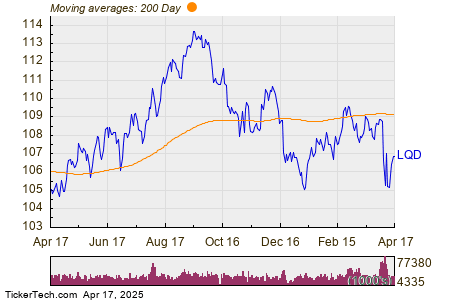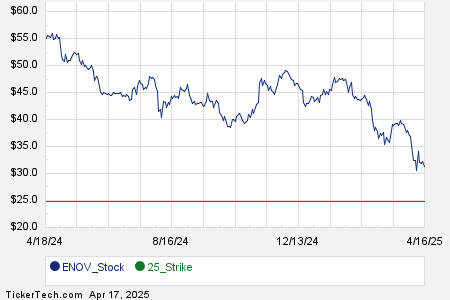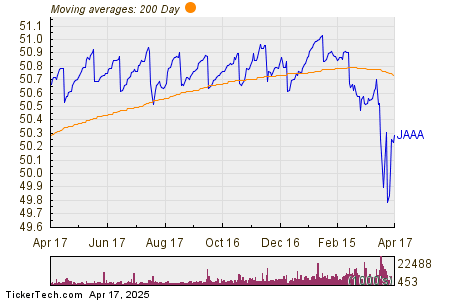Natural Gas Prices Decline Amid Rising Production and Trade Concerns
On Tuesday, May Nymex natural gas (NGK25) closed down by -0.190 (-5.20%). This marks the third consecutive session of decline, bringing prices to a 1-3/4 month low. Concerns surrounding the ongoing trade war are contributing to the downward pressure on natural gas prices. Additionally, increased U.S. natural gas production, which rose by +2.0% year-over-year on Tuesday, is also weighing on market dynamics.
Stay Informed: Sign up free for Barchart’s comprehensive commodity analysis covering everything from crude oil to coffee.
Last month, natural gas prices soared to a two-year high as signs indicated that U.S. natural gas storage levels could be tight ahead of the upcoming summer air-conditioning season. BloombergNEF forecasts that U.S. gas storage will reach about 10% below the five-year average this summer.
According to BNEF, the dry natural gas production in the lower-48 states on Tuesday was measured at 104.0 bcf/day (+2.0% year-over-year). Demand for gas in these states was reported at 82.6 bcf/day (+16.4% year-over-year). Furthermore, liquefied natural gas (LNG) net flows to U.S. export terminals were recorded at 15.8 bcf/day (+7.1% week-over-week).
In a positive development for natural gas demand, increased electricity output in the U.S. indicates higher consumption from utility providers. The Edison Electric Institute recently reported that total U.S. electricity output (lower-48 states) for the week ending March 22 increased by +0.9% year-over-year, amounting to 72,289 GWh (gigawatt hours). Over the past 52 weeks, U.S. electricity output also rose by +3.55% year-over-year to reach 4,239,323 GWh.
From a long-term perspective, a positive factor for natural gas prices emerged when President Trump lifted the Biden administration’s pause on gas export project approvals in January. This action allows for the consideration of approximately a dozen LNG export projects currently on hold. An increase in U.S. LNG export capacity would bolster demand for domestic natural gas, thereby supporting prices.
However, last Thursday’s weekly EIA report presented a bearish outlook for natural gas prices. It revealed that natural gas inventories rose by +29 bcf for the week ending March 28, which exceeded expectations of +28 bcf and was significantly higher than the 5-year average draw of -13 bcf for this time of year. As of that date, inventories were down -21.5% year-over-year and -4.3% below their 5-year seasonal average, emphasizing the tight supply situation. In Europe, gas storage was reported to be 35% full as of April 6, compared to the 5-year seasonal average of 46% full.
Baker Hughes reported last Friday that the number of active U.S. natural gas drilling rigs fell by -7 to a six-and-a-half-month low of 96 rigs in the week ending April 4. This latest figure is slightly above the three-and-a-half-year low of 94 rigs recorded on September 6, 2024. Active drilling rigs have been decreasing since reaching a five-and-a-quarter-year high of 166 rigs in September 2022, which followed the record low of 68 rigs during the pandemic in July 2020 (a timeframe referenced since 1987).
On the date of publication, Rich Asplund did not hold (either directly or indirectly) positions in any of the securities mentioned in this article. All information and data in this article is solely for informational purposes. For further details, please view the Barchart Disclosure Policy here.
The views and opinions expressed herein are those of the author and may not necessarily reflect those of Nasdaq, Inc.



